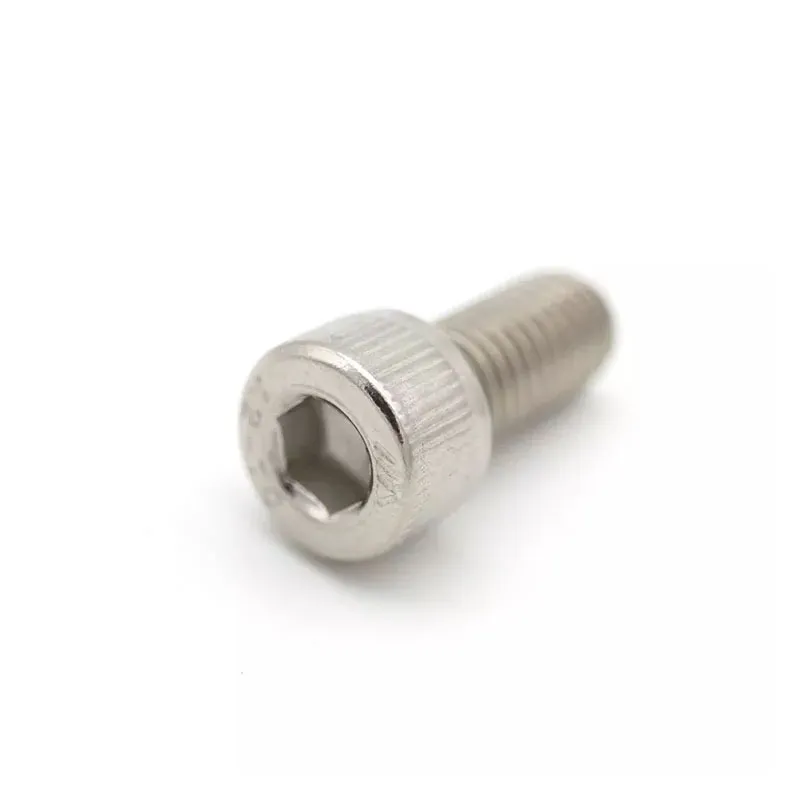

self tapping metal to wood screws
Nov . 06, 2024 04:10 Back to list
self tapping metal to wood screws
Self-Tapping Metal to Wood Screws A Comprehensive Guide
When it comes to construction, woodworking, and various DIY projects, selecting the right type of screw is crucial. Among the many options available, self-tapping metal to wood screws stand out as a versatile and efficient choice. Designed for effectively fastening metal components to wooden structures, these screws save time and labor while ensuring a strong bond.
What Are Self-Tapping Screws?
Self-tapping screws are specially designed to cut their own threads as they are driven into the material. This feature eliminates the need for pre-drilling holes, making them a popular choice among both professionals and amateurs. Available in a variety of sizes, materials, and coatings, self-tapping screws can be suited for various applications, including attaching metal brackets, hinges, or even conductors to wooden frames.
Advantages of Using Self-Tapping Screws in Wood
1. Time Efficiency One of the most significant benefits of self-tapping screws is their speed of use. There’s no need to pre-drill a pilot hole, which saves considerable time in applications where multiple attachments are needed. For example, when constructing a metal shelving unit that requires wooden support, self-tapping screws simplify and expedite the assembly process.
2. Strong Hold Self-tapping screws create a robust connection between the metal and wood surfaces. The threads are designed to dig into both materials, ensuring a secure bond. This feature is particularly important in applications that require additional stability, such as furniture or structural projects.
3. Ease of Use Even individuals without extensive experience in handyman work find self-tapping screws easy to use. A power drill or screwdriver can be used to drive the screw directly into the wood, making them a practical choice for homeowners tackling DIY projects.
self tapping metal to wood screws

4. Versatility Available in a wide range of materials, such as stainless steel, zinc-plated, and carbon steel, these screws can resist corrosion and rust, making them suitable for both indoor and outdoor applications. Regardless of the environment, there is a self-tapping screw option that will meet the specific requirements of the task.
How to Select the Right Self-Tapping Screws
When choosing self-tapping screws for metal to wood applications, several factors should be considered
- Material Depending on the project, select a screw material that offers the best resistance to rust and corrosion. For outdoor use, stainless steel is often recommended.
- Length and Diameter The length should be enough to allow for a strong grip, while the diameter must suit the thickness of the metal and the wooden material being joined.
- Head Style Screws come with various head styles—flat, pan, or hex—to match the tool being used and the aesthetic of the project.
Conclusion
Self-tapping metal to wood screws are an invaluable tool in the arsenal of anyone involved in construction or DIY projects. Their ease of use, time-saving nature, and strong holding capacity make them a preferred choice for fastening metal to wood. With the right selection, they can enhance efficiency and ensure the durability of various structures, making them an essential component of any toolkit. Whether you’re a seasoned contractor or a weekend DIY enthusiast, properly utilizing self-tapping screws can elevate your project to the next level.
Latest news
-
High-Strength Hot-Dip Galvanized Bolts-Hebei Longze|Corrosion Resistance&High Strength
NewsJul.30,2025
-
Hot Dip Galvanized Bolts-Hebei Longze|Corrosion Resistance&High Strength
NewsJul.30,2025
-
Hot Dip Galvanized Bolts - Hebei Longze | Corrosion Resistance, High Strength
NewsJul.30,2025
-
High-Strength Hot Dip Galvanized Bolts-Hebei Longze|Corrosion Resistance, Grade 8.8
NewsJul.30,2025
-
Hot Dip Galvanized Bolts-Hebei Longze|Corrosion Resistance,High Strength
NewsJul.29,2025
-
High-Strength Hot Dip Galvanized Bolts - Hebei Longze Metal Products Manufacturing Co., Ltd.|corrosion resistance&high strength
NewsJul.29,2025

